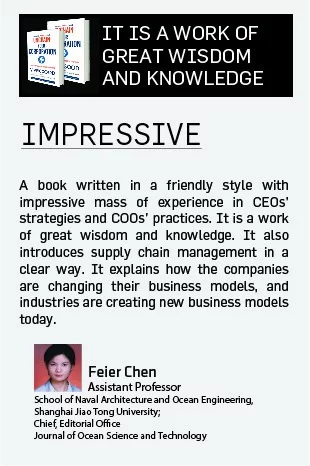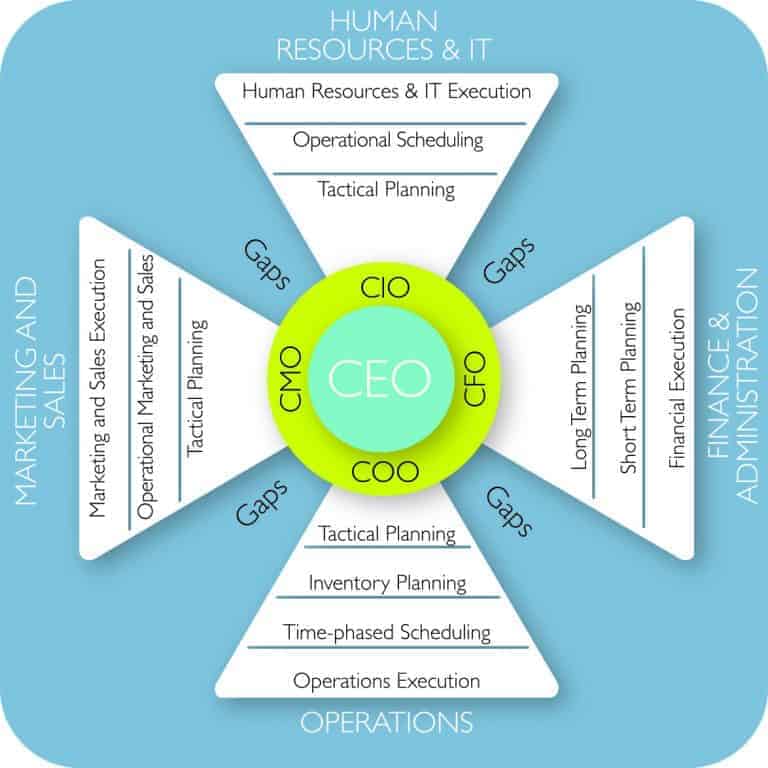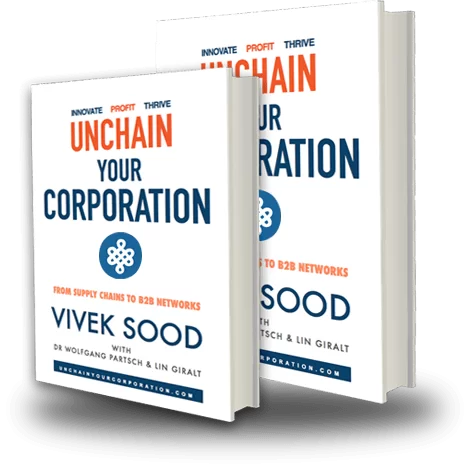The Single Biggest Mistake in Business Transformations
The Single Biggest Mistake in Business Transformations

- AUTHOR
- VIVEK SOOD
- LAST UPDATED ON
- February 08, 2022
- NUMBER OF WORDS
- ...
- TIME TO READ
- .....
If I have seen it once, I have seen it a hundred times. A new person is brought in with a clear mandate. The things are meant to change. Out with the old, and in with the new. The new person comes in with a great fanfare, and takes over. Then he/she starts taking stock of the situation. And takes more stock of the situation. Gets the consultants. Does a study. And, more studies. And more stock of the situation.
Meanwhile, the chairman is stewing in his chair. The board is exasperated. They see a lot fancy reports from the consultants. But they are waiting for action. Which comes in small dribs and drabs. Seems like one step forward and three steps backward. They start saying things like – ‘even the wrong action is better than no action.’
And, that is when you know that the single biggest mistake in business transformation is being repeated again.
Here is a typical scenario:
It had been two months after the internal announcement about achieving a milestone, and no one had seen the spark of business transformation yet. The momentum has been lost. When employees clapped their hands a couple of months ago on hearing the speech about successfully increasing efficiency by 10%, an impressive quick win, management should have taken the opportunity to introduce the next initiative.
Unfortunately, cases like this are not rare. Driven at the wrong speed without an appropriate line-up of actions will extinguish the initial enthusiasm, causing boredom and even withdrawal. As we have seen in my book UNCHAIN YOUR CORPORATION, the journey from supply chain 0.0 to 1.0, to 2.0, to 3.0 is very interesting, and challenging. Here is the relevant framework from the book:
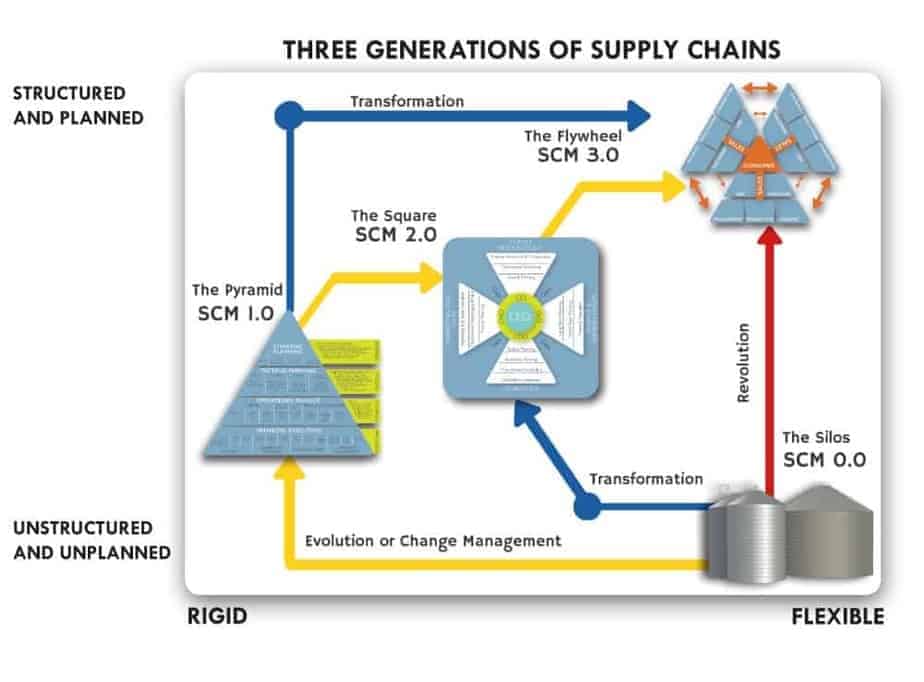
Obviously, if your company enjoys healthy margins and is in relaxed circumstances, you can move just one step at a time – from SCM 0.0 to 1.0 or from SCM 1.0 to 2.0 or from SCM 2.0 to 3.0. All you might need is a slow evolution over number of years, where your company comes to the realize the need to change over 2-3 years, and then gradually carries out that change over another 2-3 years.
During this process, if the market conditions change and, margins experience a squeeze, your company can always hasten the cycle by deploying professional change managers, where a six-year planning and execution cycle can be easily halved to 2-3 years.
However, companies can also jump one step in the process, from SCM 0.0 to 2.0, or from SCM 1.0 to 3.0 by deliberate supply chain transformation, which helps them achieve faster results, with less risk of always chasing the trend. In this particular case, the danger is real that the process can be carried out too slow or too fast, depending on how the transformation is created.
To give you an example of a transformation which was carried out too fast, let’s consider the case of British Petroleum and its oil rig in the Gulf of Mexico. The full case study is our book Outsourcing 3.0 but here we will repeat just the most pertinent facts. Obviously, their supply chain 3.0 was configured with a number of suppliers of BP, including the owner of the rig, the operator of the rig, the supplier of the underwater equipment used on the rig, which failed, and the user of that underwater equipment. Unfortunately, the transformation had been carried out so rapidly that the risks were not being managed prudently enough. As a result, a small failure in the supply chain resulted in massive losses, amounting to tens of billions of dollars and a blame-game at the end of it all.
On the other hand, examples also abound where companies drag out the transformation too long, at the pace of slow evolution or change management. We have seen numerous companies go bankrupt, rather than hasten the transformation process.

In fact, take a look at any company declaring bankruptcy, whether in automotive, aviation or any other sector, and you will see apparent signs of failed transformations due to a slow pace, or a lack of understanding of the various stages along the way.
On the other hand, if you want to see examples of companies that have carried out the transformation just right, try and examine those whose share prices have gone up significantly in comparison to the market benchmarks, and then discern whether this result is due to a stroke of luck – for example, a fertilizer company getting lucky thanks to the right amount of rain 3 years in a row – or whether it is the result of a professional business transformation, carried out from one stage to next in a systematic manner.


FREE - Get An Extract From Any Of Our Books - Make a Comment Below
All you have to do is - comment below.
- Share Your Opinion
- Participate in The Conversation
- Contribute to The Community
FEATURED COMMENTS WILL EARN A FULL COPY OF ANY OF OUR BOOKS.
Related Post
ABOUT THE AUTHOR

VIVEK SOOD
Today, Vivek and his partners are among 20-30 people on the planet earth who have this deep understanding of supply chain systems, practices and tools. CEOs, COOs, executives and Boards call them in most challenging situations once they know the full potential of supply chain based transformations. Following are key milestones in Vivek's journey:
1. Started in 1983 as a merchant navy cadet at 18 years age, worked his way to qualify as a Captain - qualified to take command of any merchant ship, worldwide.
2. Earned a top tier MBA from UNSW at the top of his class.
3. Joined highly regarded strategy consulting firm Booz Allen & Hamilton, consulting to the CEOs, Boards and senior management of global corporations within Australia.
4. To learn and specialise in supply chain - against all odds, sought out the co-inventor of supply chain in Germany and convinced him to be a partner in his firm, GLOBAL SUPPLY CHAIN GROUP, launched in January 2000.
5. More than 500 successful blue chip projects with high impact business transformations in large corporations using the full power of SUPPLY CHAIN MANAGEMENT.
6. 4 Seminal and path breaking business books IN SUPPLY CHAIN MANAGEMENT - these are available in bookstores and universities and libraries worldwide.
CONNECT WITH US
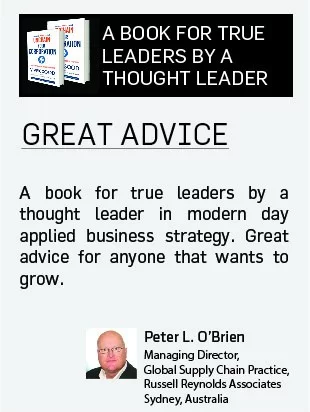
TESTIMONIALS - YOUR SAY
Our clients ask us only for one reason – results. Sure, they also like our people, and our methods; but, they like our results even more. They say it better than we could:

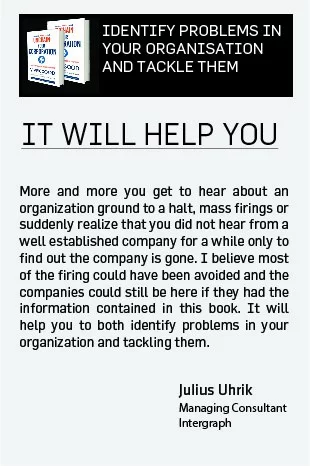
PROJECTS - OUR WORK
In the last 17 years, we have completed more than 400 projects. Click on the link below to see a sample of our projects

RECENT COMMENTS
- Jayden on What Causes Supply Chain Confusion
- Akram Odaily on What Causes Supply Chain Confusion
- Edith Simchi-Levi, President at Opalytics on What Causes Supply Chain Confusion
- Joe DiVincenti, works at Kuehne + Nagel, Caffe Marcello on What Causes Supply Chain Confusion
- Andrew Leah on What Causes Supply Chain Confusion
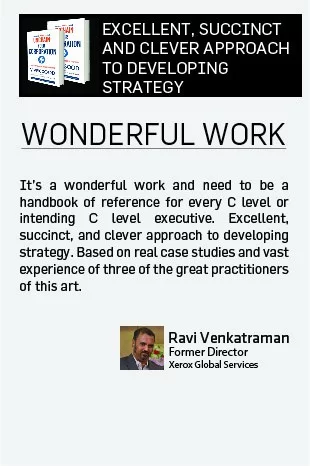
RELATED POSTS
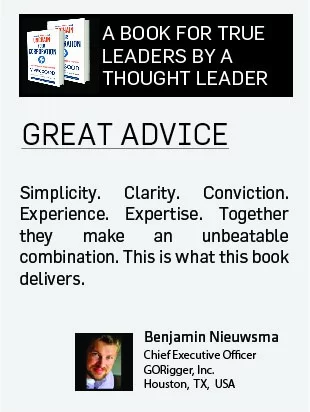
BLOG CATEGORIES
- Asynchronous Supply Chains
- Big Data in Supply Chain
- Business Transformation
- Internet of Things (IoT) in Supply Chain
- Supply Chain Automation
- Supply Chain Complexity
- Supply Chain Congestion
- Supply Chain Digitization
- Supply Chain Disruption
- Supply Chain Flywheel
- Supply Chain Innovation
- Supply Chain Rigidity
- Unplanned Supply Chain
